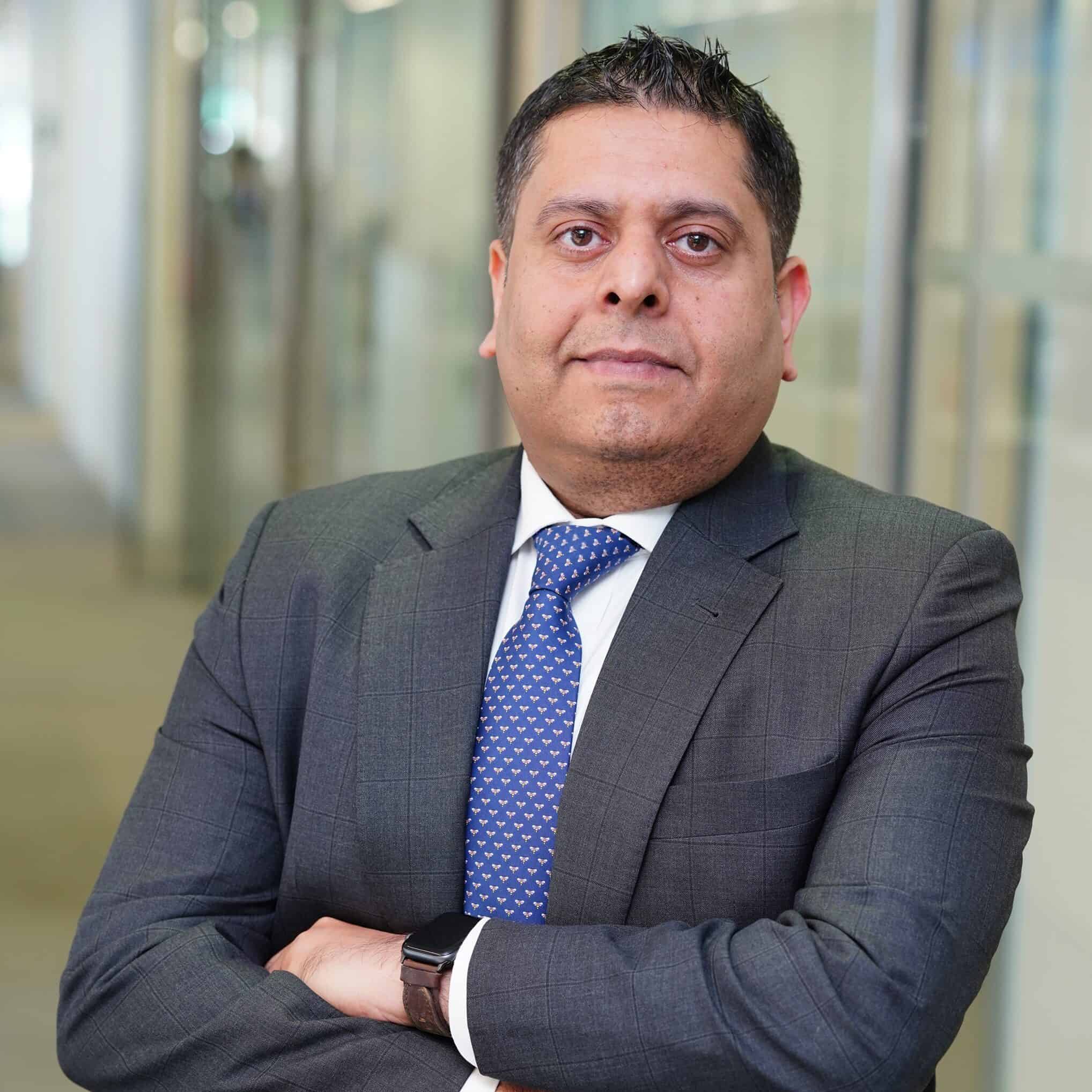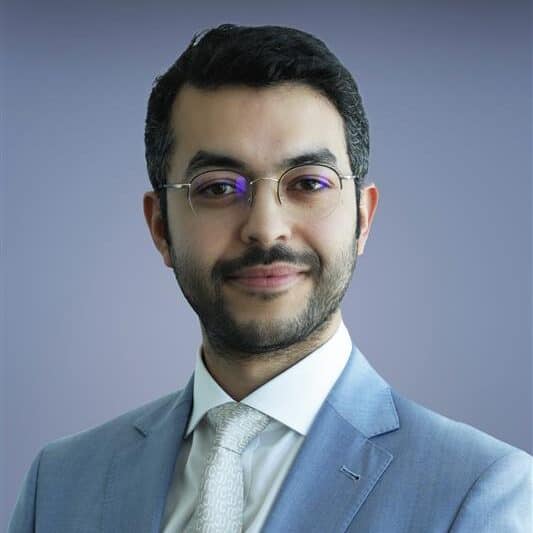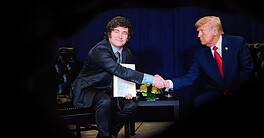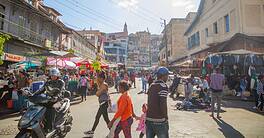High-end wellness resorts, clinics, and spas are part of ambitious national development programs in Saudi Arabia and its neighbors.
According to the medical journal The Lancet, the Gulf Cooperation Council countries, along with the rest of the Middle East and North Africa, will lead the world in youth obesity by 2050. The GCC region would not seem an obvious candidate to lead a global drive in wellness tourism, then. Right?
Think again. The GCC wellness tourism market is set to grow at a compound annual growth rate (CAGR) of around 17%, reaching $1.4 trillion by 2027, according to projections by the Global Wellness Institute (GWI), a Miami-based nonprofit. The Middle East, including the GCC, accounts for only about 2% of today’s booming global market, which is expected to surpass $1 trillion this year, but it is the fastest growing region for wellness tourism spending, the GWI calculates.
GCC governments see wellness as a good fit because it brings together two fields they are betting on for fast growth: tourism, and biotechnology, pharmaceuticals, and medical innovation. On the tourism side, they are already building several large-scale projects, including Saudi Arabia’s AlUla, its Red Sea project; Diriyah, Qiddiya, and NEOM. Oman, Qatar, and the United Arab Emirates are all pursuing similarly ambitious initiatives.

While not all related to wellness, over 600 hotel projects with 140,000-plus rooms were under development in the Middle East in early 2024, according to “The Future of Wellness: 2025 Trends,” a reported published recently by the Global Wellness Summit (GWS), a sister company of the GWI.
Ambitious national development programs launched in the last decade, such as Saudi Arabia’s Vision 2030, the UAE’s Vision 2031, and Qatar’s National Vision 2030, are driving the stunning numbers, experts say. Designed to reduce dependence on oil and gas and encourage economic diversification, these programs help channel investment into target sectors.
Priorities vary, but most include tourism, health care, sports, and cultural heritage.
“Tourism has become a central pillar in national diversification agendas, particularly in countries like Saudi Arabia, the UAE, and Qatar,” says Vivek Madan, partner, Strategy & Middle East, part of PwC’s global strategy consulting business. “These governments are investing heavily in infrastructure and destination branding to reduce reliance on hydrocarbons and unlock long-term, sustainable economic growth.”
Before its diversification drive kicked off, Saudia Arabia was already receiving considerable inflows of religious and business travelers.
“You have an ecosystem in place” that includes international operators and a talent pool, says Oussama El Kadiri, head of Hospitality, Tourism, and Leisure Advisory for the MENA region at Knight Frank, a London-based global real estate consultancy. “It’s low-hanging fruit to attract additional players to the game and open the country to the leisure part. It seemed like the immediate path towards diversification.”
The GWS report notes, “Saudi Arabia’s wellness market alone is valued at $19.8 billion, with wellness tourism growing at an annual rate of 66%.”
Wellness As Import Substitution
The wellness travel market is increasingly split into two distinct segments, albeit with some cross-pollination. “Softcare” tends to be less expensive, simpler and slower, according to GWS. Think nutrition programs, alternative therapies, meditation, fitness classes, health assessments, and stress management programs. “Hardcare” means high-end, high-tech medicine, such as biohacking and longevity clinics. Most GCC countries are investing in both.
In addition to attracting foreign visitors, state-of-the-art centers are also designed to cater to high-end locals who would previously have traveled abroad for high-quality treatment: the health and wellness industry as import substitution.
“People from the Middle East like to go to health and wellness clinics in Switzerland and Germany,” observes Corina Goetz, founder and CEO of Star-CaT, a London-based business consultancy specializing in the region. “Of course, it makes sense to partner up [with foreign investors] so you can keep the money in the country.”

The range of projects on the softcare side is varied, reflecting its ambitions.
SHA Emirates will open next year as an outpost of the Spanish wellness clinic, the GWS report notes. “Billing itself as the world’s first ‘healthy living island,’” the resort will include 100 residences and combine “clinical care with mindful living.”
Saudi Arabia’s Red Sea Project has captured the imagination of locals and foreigners alike, thanks in part to promotional social media posts by the Portuguese footballer Cristiano Ronaldo, made during a break from representing the local side, Al-Nassr FC. Tourism boosters “actually created a whole program around him,” says Goetz. “You can do the Ronaldo experience at the Red Sea, and you can do exactly what he did.”
The development, which Madan says, “integrates wellness into ultra-luxury resorts like Desert Rock and AMAALA,” spans 28,000 square kilometers, encompasses over 90 islands, and is targeting 150 million visitors a year by 2030 for a $5.3 billion contribution to Saudi GDP.
With a price tag topping $500 million, Therme Dubai promises to become the world’s tallest wellness center when it opens in 2028. In the spirit of Ski Dubai, the desert city’s famous indoor slopes, the center will feature the world’s largest indoor botanical garden, three 18-meter waterfalls, and a water park in addition to a myriad of spa facilities inspired by ancient traditions from around the world. Capacity will be 1.7 million visitors a year.
“It’s like a tropical wellness concept,” says El Kadiri. “You will be in this place where they will recreate tropical weather conditions,” bestowing the associated wellness benefits.
In contrast to ostentatious Dubai, Oman is developing coastal, mountain, and thermal spring attractions, “leveraging its natural assets to attract eco-conscious wellness tourists,” in the words of Alwaleed Alkeaid, founder of Fitlee for Corporate Wellness, a Riyadh-based corporate wellness service provider, and former CEO of the Saudi Boxing Federation. The Omanis want to focus on “quiet luxury” and “authenticity,” El Kadiri notes. Nearby heritage sites are to be combined with wellness offerings to emphasize cultural travel, he adds.
Qatar’s Zulal Wellness Resort by Chiva-Som, a Bangkok-based wellness resort operator, aims to become “the region’s first family-wellness offering,” Madan says. The project “signals a shift toward scale and sophistication in wellness infrastructure. It is one of the largest wellness destinations and the first and only full-immersion resort in the Middle East, founded on traditional Arabic and Islamic medicine (TAIM).”
Promoting Local Wellness
Dubai and Abu Dhabi lead the region in hardcare. Last year, Dubai inaugurated a Longevity Hub by Clinique La Prairie in partnership with the renowned Swiss longevity clinic. In April, Abu Dhabi launched the HELM Abu Dhabi cluster, a hub for research and development in health, endurance, longevity, and medicine. It is projected to contribute $25.6 billion to the emirate’s GDP, create 30,000 new jobs, and bring in $11.5 billion in investment by 2045 by tapping into a global health care market projected to reach $25.3 trillion by then.
“While the wellness tourism push and the HELM cluster initiative are distinct efforts, they do share complementary goals,” says Sami Khawaja, partner at PwC’s Strategy& Middle East. “The HELM cluster has a broader focus that includes advanced biotech, pharmaceutical manufacturing, digital health, AI integration, and precision and preventive medicine: all supported by cutting-edge infrastructure.”
Upscale mega-projects command most of the attention, but there are early indications that the wellness economy may be spreading to average GCC citizens.
“These [big tourism] initiatives not only attract international visitors but also promote local wellness cultures, fostering a more health-conscious population,” the GWS report argues.
Locals and resident expatriates are packing newly opened fitness clubs. From around 100 two decades ago, Saudi Arabia now boasts 2,100 and counting.




